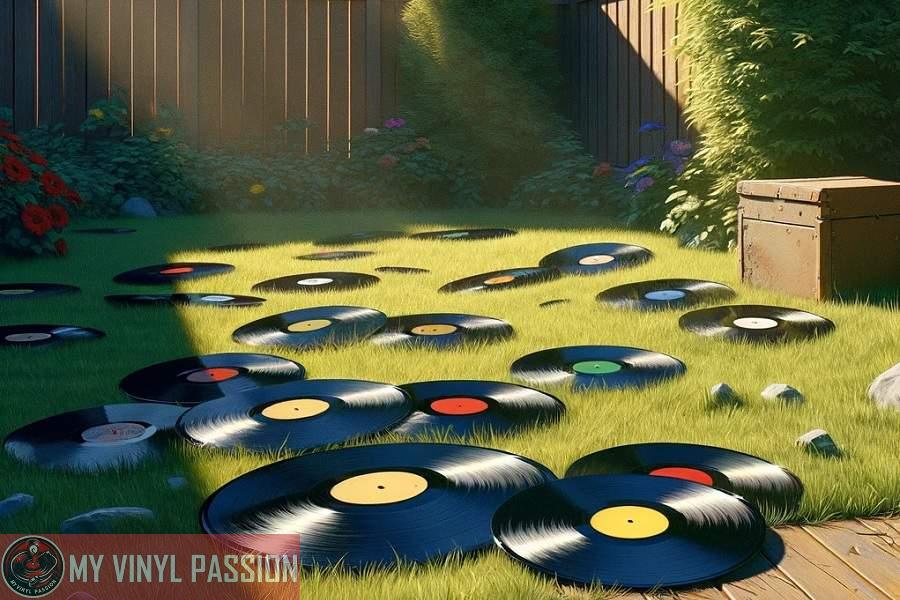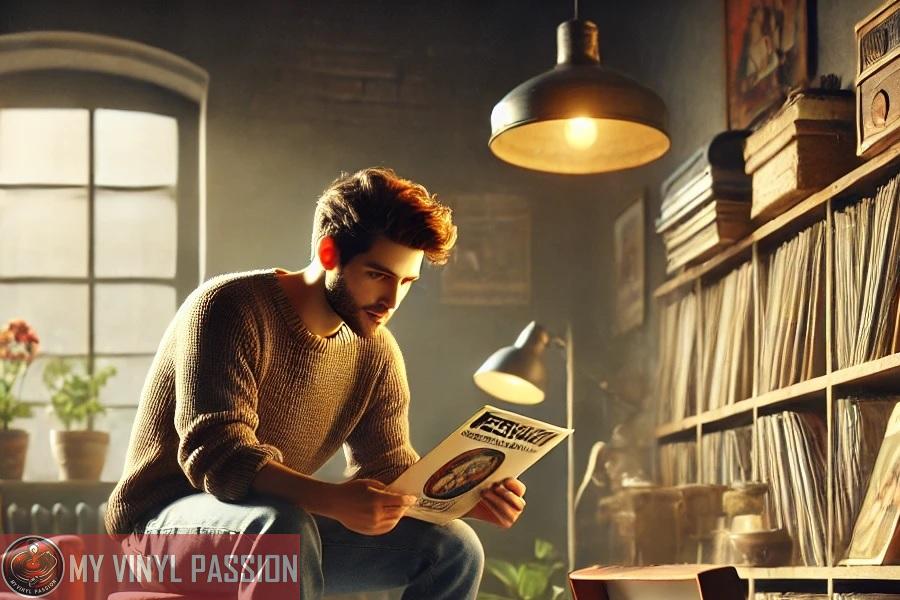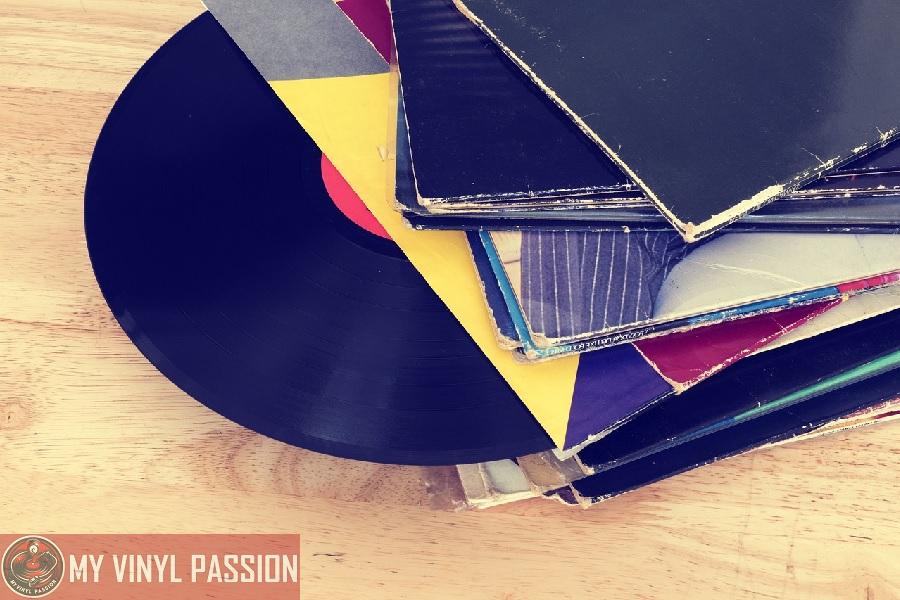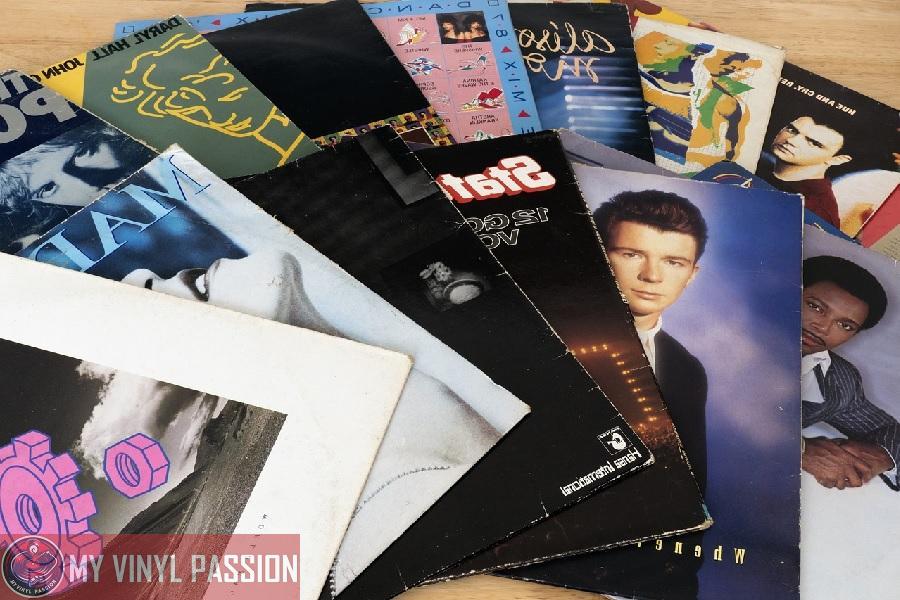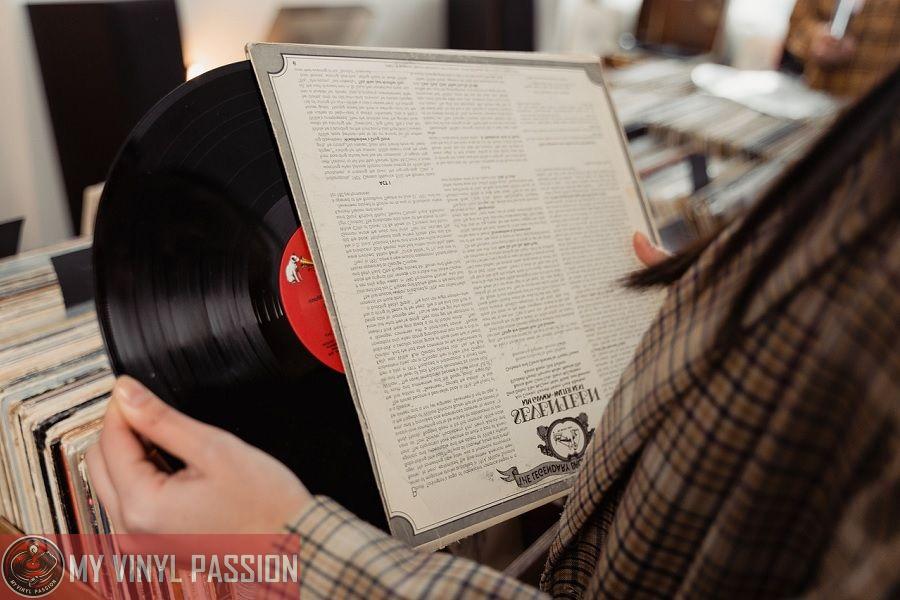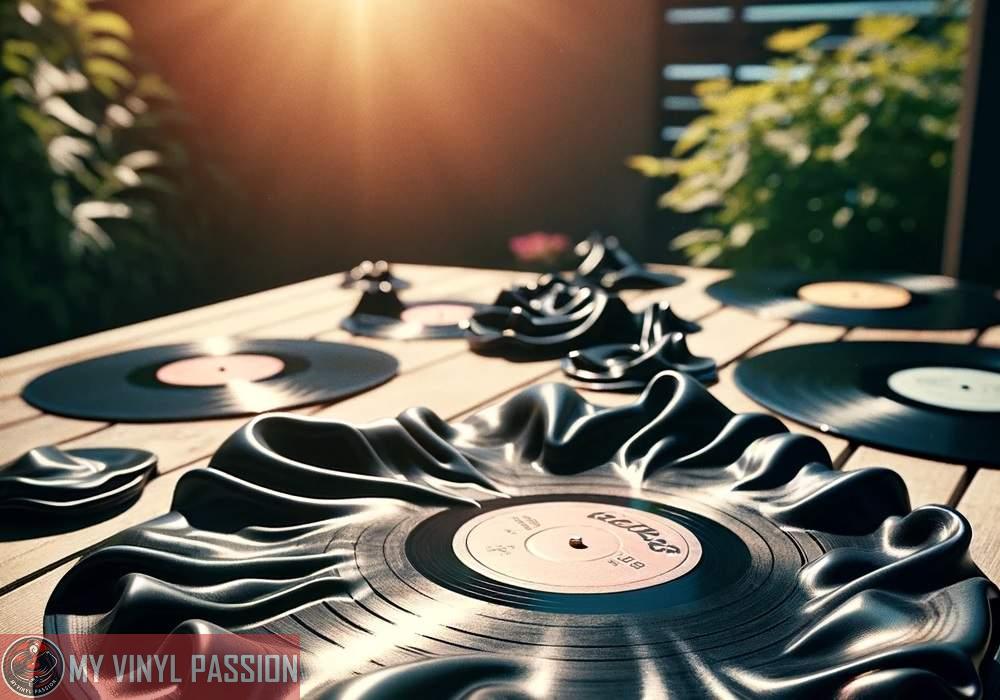Vinyl records are cherished by music enthusiasts for their warm sound and tactile appeal.
However, these beloved analog recordings can be susceptible to damage if not properly cared for. One frequently asked question among record collectors is whether it’s harmful to leave their records in the sun.
Exposure to direct sunlight can have various negative consequences for your vinyl, including warping, fading, and even a degradation in sound quality.
In Summary
Sun exposure can cause warping, fading, and sound quality degradation in vinyl records.
Proper storage and handling techniques are crucial for preserving your record collection.
Turntable setup and awareness of environmental factors also play a role in maintaining vinyl quality.
Understanding the impact of sunlight on vinyl records, as well as implementing proper storage and handling techniques, is essential to preserving your valuable collection for years to come.
The Effect of Sunlight on Vinyl Records
Temperature and Vinyl Warping
Leaving your vinyl records in direct sunlight can have detrimental effects on their longevity and functionality. One of the major issues is the increase in temperature, which can lead to warping or distortion of the records.
This warping basically means the record loses its shape and proper alignment, rendering it unplayable or causing a decline in audio quality.
To prevent heat-induced damage, store your vinyl records in a cool, dry place, away from any direct sunlight or heat sources. You should also consider the use of temperature- and humidity-control devices, such as air conditioners or dehumidifiers, in order to maintain an optimal environment for your records.
Sunlight and UV Damage
Another issue related to sunlight exposure is the effect of ultraviolet (UV) radiation on your vinyl records. This kind of radiation can lead to discoloration and fading of the record’s artwork and labels, resulting in the loss of aesthetic appeal and potentially reducing the value of your vinyl as a collectible item.
In addition to the visual degradation, UV radiation can also accelerate the aging process of the vinyl material itself, making it more prone to wear and tear.
Bear in mind the following points to protect your records against UV damage:
- Always store your records in their sleeves, which provide a barrier against UV radiation.
- Keep them in a dark, cool place, away from direct sunlight and environmental factors such as dust, heat, and humidity.
- Consider the use of UV-resistant outer sleeves for added protection against sunlight damage.
By taking these precautions, you can effectively preserve the lifespan and value of your vinyl records while ensuring their optimal performance for years to come.
Proper Storage Practices for Vinyl Records
Avoiding Direct Sunlight
One of the critical aspects of vinyl storage is keeping your records away from direct sunlight. Prolonged exposure to the sun can cause your vinyl records to warp, affecting the sound quality and overall lifespan of your collection.
To prevent this issue, store your records in a cool, dark place like a cabinet, drawer, or shelves that block out direct sunlight.
Controlling Temperature and Humidity
Proper storage conditions also involve maintaining a consistent temperature and humidity level in your storage space. Ideally, vinyl records should be stored in a room with a temperature between 65 to 70 degrees Fahrenheit (18 to 21 degrees Celsius) and a humidity level of about 45 to 50%.
Excessive temperature fluctuations can cause the vinyl to warp, while too much humidity can lead to mold growth.
To maintain the ideal environment, consider investing in a dehumidifier or air conditioner, which can help keep the temperature and humidity within the recommended range.
Also, avoid storing your records near heat sources like radiators, vents, or direct sunlight.
More Storage Tips
In addition to avoiding sunlight and controlling temperature and humidity, here are some best practices for vinyl storage:
- Store your records vertically: Stacking records horizontally can cause pressure on the bottom records which might lead to warping over time. Storing them upright prevents this issue.
- Use protective sleeves: Invest in plastic or paper sleeves for each record to protect them from dust, scratches, and fingerprints.
- Keep the storage space clean: Regularly remove dust and debris from your shelves or storage units to ensure your records remain in the best possible condition.
By following these storage practices, you’ll be able to maintain the quality and longevity of your vinyl records for years to come.
Handling and Maintenance of Vinyl Records
Cleaning and Dust Prevention
A clean vinyl record is essential for providing optimal sound quality and preserving its lifespan. To avoid dust and debris from settling on your records, ensure that you store them in a clean and dry environment, away from direct sunlight and heat sources.
Regularly clean your records with a soft, anti-static brush before and after playback to remove any dust particles that may have accumulated on the surface. For a more thorough cleaning, use a professional vinyl cleaning solution and follow the manufacturer’s instructions carefully.
In addition to cleaning your vinyl records, it’s important to maintain your turntable’s stylus for optimal performance. A dirty stylus can not only negatively affect the sound quality but also damage your records over time.
Gently clean the stylus with a stylus brush and, if needed, a dedicated stylus cleaning solution.
Handling Techniques
Handling vinyl records with care is crucial for preventing scratches, warping, and other forms of damage. Always hold a record by its outer edges or by pinching the center label to avoid transferring dirt, oils, and fingerprints onto the grooves.
Never touch the grooved surface with your fingers, as this can cause smudges and other damage that could affect the playback quality.
When removing a record from its sleeve, gently slide it out using a gripping motion on the edges and slowly lower it onto the turntable. Once the record is in place, use the same careful technique to move the stylus onto the first groove, avoiding heavy pressure or sliding motions that could potentially scratch the vinyl.
To further protect your vinyl collection, invest in plastic polyethylene inner sleeves which are the safest for storing records. Ensure that you always return each record to its sleeve after playing, and store them vertically, so they don’t warp or become compressed.
By following these cleaning, handling, and storage guidelines, you’ll help to maintain the quality and longevity of your precious vinyl records, allowing you to enjoy their distinct sound for years to come.
Impact of Environmental Factors on Vinyl Quality
Physical Factors Leading to Warping
Exposure to heat and direct sunlight can have a negative impact on your vinyl collection. Warping is a common issue that arises when records are subjected to high temperatures or continuous sunlight.
Warped records not only lose their visual appeal but also suffer from reduced sound quality due to uneven grooves. UV radiation can further compromise the stability of the PVC material, diminishing the overall playback quality.
To avoid these issues, it’s crucial to store your vinyl collection in a cool, dark place away from direct sunlight.
How Heat Affects Record Playability
The heat generated by direct sunlight can cause distortion, affecting the playability of your vinyl records. As the vinyl material expands and contracts due to heat, the grooves that store the audio information may become distorted, resulting in poor sound quality.
This can make your records less enjoyable to listen to and may even lead to irreversible damage.
To protect your vinyl collection from the effects of heat and sunlight, consider the following tips:
- Store records vertically: This prevents them from putting pressure on each other and reduces the risk of warping.
- Keep records away from heat sources: Ensure your collection is stored in a cool, dry place, away from radiators, direct sunlight, or other sources of heat.
- Use proper sleeves and covers: Invest in good quality inner and outer sleeves that provide additional protection against environmental factors3.
Taking these precautions can help you maintain the integrity and playability of your vinyl collection, ensuring that you can enjoy your records for years to come.
Turntable Setup and Its Role in Protecting Vinyl Records
Tonearm and Stylus Configuration
The proper setup of your turntable’s tonearm and stylus is crucial in protecting your vinyl records from damage. First, ensure that you’re using the correct counterweight setting for your specific cartridge.
This prevents excessive pressure on the record’s grooves, keeping the sound quality intact. Additionally, pay attention to the alignment of your stylus, which is the thin needle that comes in contact with the record.
An improperly aligned stylus can lead to uneven wear on your records and may potentially damage them. Align both the cartridge and the stylus with the aid of an alignment protractor for the best results.
Make sure that your tonearm’s height and anti-skating settings are also correctly adjusted.
A balanced tonearm ensures that the stylus maintains consistent contact with the record and delivers a clear, precise sound. Incorrect anti-skating settings can cause the stylus to drag on one side, potentially damaging your vinyl records.
Platter and Record Player Care
Maintaining a clean and well-cared-for platter is essential in extending the life of your vinyl collection. The platter is the spinning surface that the record rests on, and it’s important to keep it clean and free from debris.
To avoid scratches and other damage, always handle your records by the edges and label, and take care to remove dust from both the platter and the records using a record-cleaning brush.
Along with regular cleaning, consider investing in a purpose-designed record mat or slipmat. These can be made from materials such as cork, rubber, or felt, and help to minimize static build-up, reduce vibrations, and improve overall sound quality.
Never place your vinyl records directly on a bare metal or plastic platter.
Position your record player away from direct sunlight, as prolonged exposure to UV rays can warp your records and create an uneven playing surface. Additionally, keep your turntable and records away from sources of heat to avoid potential damage.
In summary, a well-maintained turntable setup, including tonearm and stylus configuration, and proper platter and record player care, will significantly contribute to the protection and preservation of your vinyl records.
Understanding the Long-Term Effects of Sun Damage
Degradation of Sound Quality Over Time
Sunlight and heat can have a significant impact on the quality of your vinyl records. Prolonged exposure to sunlight can lead to high temperatures and UV radiation damage, resulting in warped records.
Warping alters the record’s shape, making it difficult to play properly, and can even damage your turntable’s stylus and tonearm.
High temperatures can also cause records to soften, which may lead to surface imperfections and affect the track’s grooves. This, in turn, can degrade sound quality, causing audio distortion and poor playback.
To protect your records, it’s essential to store them in a cool, dry place away from direct sunlight.
Visible Damage to Album Covers and Sleeves
Sun exposure isn’t just bad for your vinyl records, but also for their album covers, inner sleeves, and outer sleeves. Sunlight, particularly UV radiation, can cause discoloration and fading of the vibrant colors and artwork on these covers.
Over time, this not only affects the visual appeal of your collection but can also diminish its value as a collectible item. To prevent visible damage to album covers and sleeves, it’s recommended to store them in an area with low or no direct sunlight exposure.
Additionally, ensure that your storage space has consistent temperatures and low humidity to further protect your vinyl and its packaging.
In summary, it’s crucial to protect your vinyl records and album covers from sunlight and heat to ensure they stay in the best possible condition. With proper care and storage, you’ll be able to enjoy your collection for many years to come.
Strategies for Enhancing the Longevity of Vinyl Records
Using Protective Covers and Curtains
To protect your vinyl records, it is essential to use protective covers for their jackets. These covers will not only shield the record from dust and dirt but also minimize the exposure to sunlight.
Store your records away from windows, as direct sunlight can cause warping and deterioration of the vinyl material. If you must store your records near a window, consider using curtains to block out sunlight.
Additionally, make use of sleeves for your individual records. This will not only provide the desired protection but also help retain their original quality. Be mindful when selecting the material for the sleeves, as some materials can cause chemical reactions with vinyl over time.
Optimal Vinyl Shelving and Dividers
Proper shelving is crucial for maintaining the integrity of your vinyl records. Ideally, you want to store them vertically to minimize pressure and distortion. Investing in sturdy and well-designed shelving systems will ensure that your records remain in good condition.
When planning your shelving, consider the following factors:
- Material: Wooden shelves are more durable and provide better insulation compared to metal alternatives.
- Ventilation: Good airflow is essential to prevent the build-up of mold and mildew. Ensure your shelving system allows for adequate ventilation.
- Space: Allocate enough space between the shelves to prevent overcrowding. This will ease the process of accessing your records while preventing any damage.
Incorporate dividers into your vinyl storage setup to help keep your records organized. Dividers will not only make it easier for you to locate the record of your choice but also prevent the vinyl records from rubbing against each other, minimizing potential damage.
By following these strategies for protecting and storing your vinyl records, you can effectively enhance their longevity and preserve the quality of your cherished collection.
In Conclusion
Protecting your vinyl records from sunlight and extreme temperatures is crucial to maintain their quality and longevity. Exposure to direct sunlight can cause warping and distortion due to the heat generated, which can damage both the record and your turntable.
Additionally, prolonged sunlight exposure can lead to discoloration and fading of album covers and labels, diminishing their visual appeal and collectible value.
To ensure the preservation of your vinyl records, it’s essential to have a protective storage strategy. Keep your records in a cool, dry, and dark place away from direct sunlight or heat sources.
It’s also important to store them in proper sleeves or cases and place them vertically to prevent additional pressure that can lead to warping.
Remember that vinyl records can be susceptible to damage in very cold temperatures, as they become brittle and prone to breakage. Make sure to avoid storing your collection in areas with extreme cold or temperature fluctuations.
In summary, by taking the necessary precautions, such as keeping your vinyl records away from sunlight, protecting them from extreme temperatures, and following proper storage techniques, you can confidently preserve your collection for years to come.
Frequently Asked Questions
What temperature can cause vinyl records to warp or melt?
Vinyl records can warp or melt at temperatures above 120-140°F (48-60°C). Exposure to high temperatures can cause the vinyl to soften, leading to permanent deformations. It’s essential to store your records in a cool and dry place to ensure they remain in good condition.
How does UV exposure impact the sound quality of vinyl records?
Direct sunlight can cause warping of your vinyl records, resulting in uneven surfaces and playback issues. The stylus may skip or jump across the grooves, leading to distorted sound or even rendering the record unplayable. Additionally, UV radiation can break down the pigments and dyes in the album artwork.
What are the best practices for storing vinyl records to prevent sun damage?
To prevent sun damage, store your records vertically and away from direct sunlight, windows, or any heat source. Make sure the storage area has a consistent temperature and humidity level. You can also use opaque storage containers or protective covers to shield your records from harmful light exposure.
Can I store vinyl records near a window if they are not in direct sunlight?
While it’s better to avoid storing your records near a window, you can still store them there if they are not in direct sunlight. Ensure that the window is well shaded, and the records are not receiving any direct or reflected sunlight. Keep an eye on the temperature near the window, as it may fluctuate more than other areas of your home.
What kind of covers or cases provide the best protection against sunlight for vinyl albums?
Opaque covers made of high-quality materials, such as plastic or leather, offer the best protection against sunlight for your vinyl albums. These covers help block out harmful UV rays and prevent direct light exposure. Using acid-free inner sleeves can also provide additional protection for your records.
How quickly can heat affect vinyl records, and what signs of damage should I look for?
Heat can affect vinyl records within just a few hours of exposure, especially in extreme temperatures. Signs of damage include warping, distortion, and fading of album artwork or labels. To protect your records, monitor your storage area’s temperature regularly and ensure it remains within a safe range for your collection.
